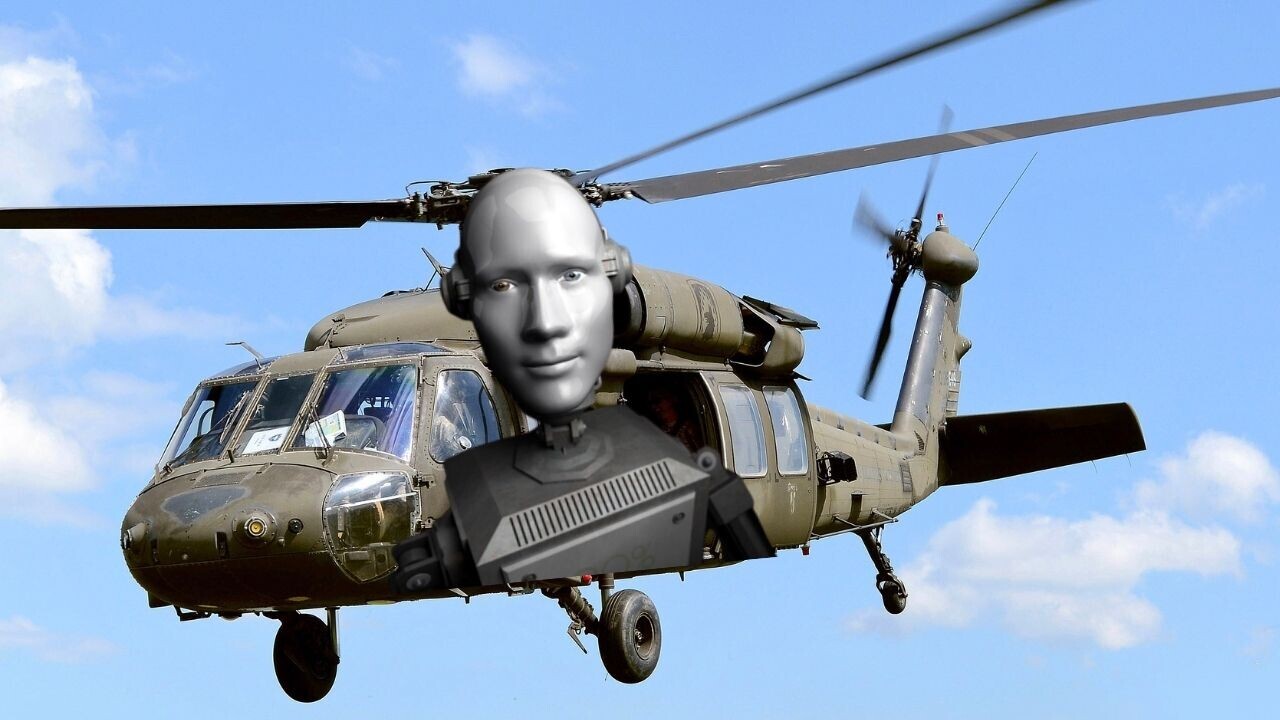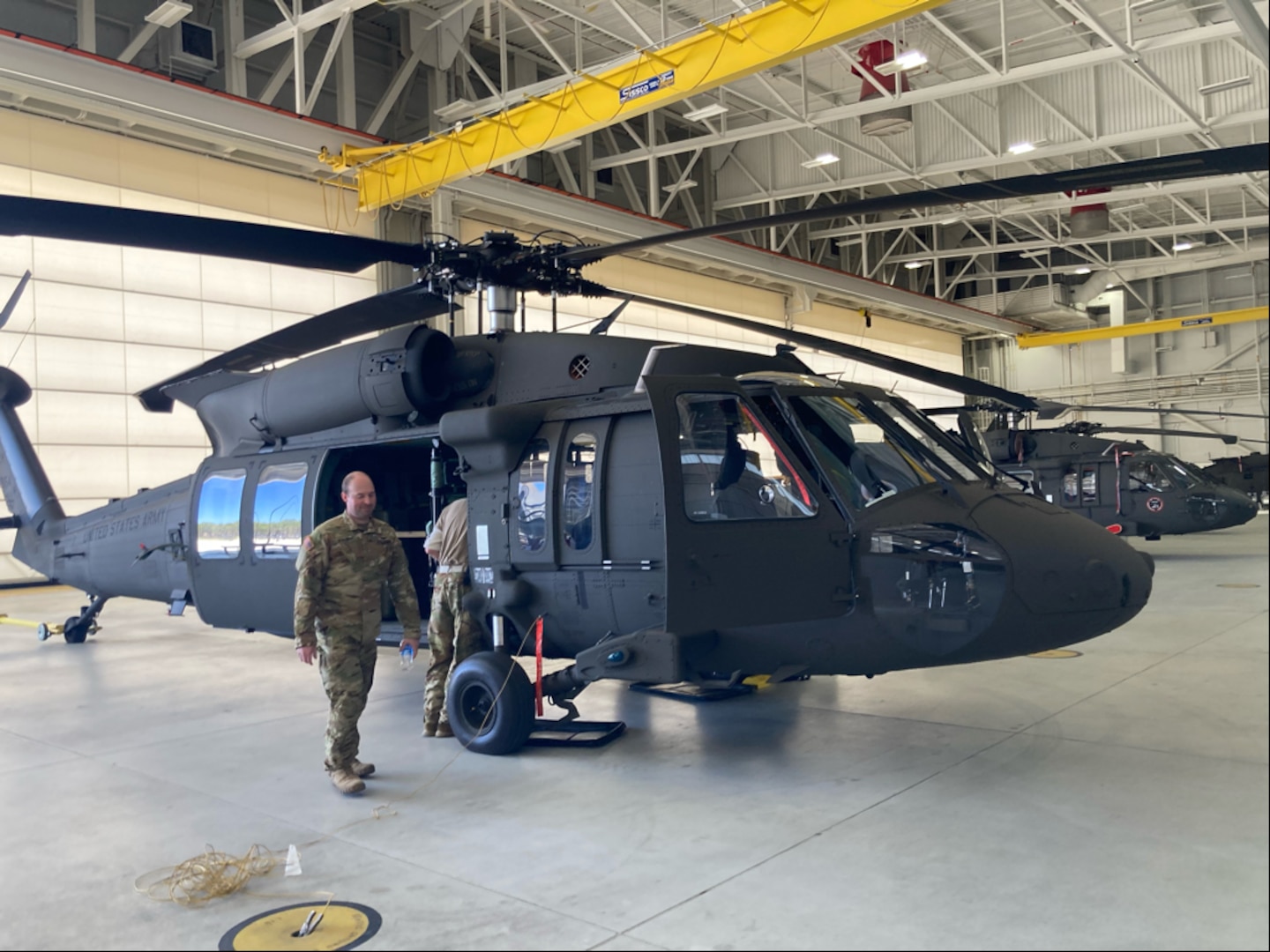Discovering the Thrills and Innovations of the Blackhawk Helicopter
The Blackhawk helicopter stands as a testimony to army aeronautics's advancement, combining technical advancements with sensible applications. What lies in advance for this famous airplane, and just how will arising technologies form its future in armed forces operations?
History of the Blackhawk Helicopter
Because its inception in the 1960s, the Blackhawk helicopter has played a critical role in modern army air travel. Developed by Sikorsky Airplane, the UH-60 Blackhawk was created to meet the U.S. Military's demand for a flexible utility helicopter with the ability of carrying out a variety of objectives, consisting of army transport, clinical emptying, and cargo airlift. The layout was a response to the limitations of earlier helicopters, specifically in terms of survivability, rate, and maneuverability.
The Blackhawk made its initial flight in 1974 and soon went into solution in 1979. Its introduction noted a considerable improvement in helicopter modern technology, including a two-rotor system that boosted efficiency and stability. The airplane's sturdy building and construction and progressed avionics enabled it to run efficiently in diverse settings and conditions.
Throughout the years, the Blackhawk has been continually upgraded, incorporating lessons gained from various battle circumstances. Its release in conflicts such as the Gulf War, Somalia, and the War on Terror further strengthened its track record as a vital property. The Blackhawk's heritage is characterized by its flexibility and strength, making it a keystone of armed forces air travel for decades.
Secret Functions and Specifications
The Blackhawk helicopter is identified by its robust style and progressed technical features, which collectively enhance its operational abilities. Made mainly for energy missions, the Blackhawk flaunts a maximum departure weight of approximately 22,000 extra pounds, allowing it to bring significant hauls while preserving dexterity.
Geared up with 2 General Electric T700-GE-701C engines, the Blackhawk achieves a maximum speed of around 183 knots and a variety of 368 nautical miles - Blackhawk Helicopter. Its state-of-the-art rotor system features a four-blade primary blades and a four-blade tail blades, making sure security and ability to move in various flying conditions
The helicopter's cabin can suit up to 11 troops or various freight setups, showcasing flexibility in objective profiles. Additionally, the Blackhawk is designed with advanced avionics, including digital flight controls and a thorough cabin display screen, enhancing pilot situational understanding.
For boosted survivability, the Blackhawk integrates ballistic shield and self-sealing gas storage tanks. Its ability to operate in diverse settings, from deserts to icy terrains, additionally solidifies its online reputation as a dependable platform for humanitarian and military operations alike. The Blackhawk's combination of power, flexibility, and strength makes it a keystone of contemporary airborne capabilities.
Improvements in Modern Technology
Advancements in innovation have substantially improved the capacities of the Blackhawk helicopter, guaranteeing it stays at the forefront of military aeronautics. Among one of the most noteworthy innovations is the integration of innovative avionics systems, which give improved situational understanding with real-time data processing and display. This modern technology enables pilots to browse intricate settings a lot more efficiently, boosting goal success prices.

In addition, the intro of electronic fly-by-wire systems has changed the control mechanisms of the Blackhawk, providing smoother handling and increased responsiveness. These systems help with innovative maneuverability, necessary in helpful hints high-stakes situations. Lastly, improvements in communication and networking modern technologies enable seamless sychronisation amongst units, boosting overall functional effectiveness. Jointly, these technical advancements make sure that the Blackhawk helicopter remains a crucial property in contemporary armed forces operations.
Functions in Military Workflow
With advanced modern technology boosting its capacities, the Blackhawk helicopter plays a multifaceted duty in military procedures. Primarily, see this it is employed for army transportation, making it possible for quick release and removal of employees in different battle circumstances. Its large cabin can accommodate up to 11 troops, making it a crucial asset for special operations and large-scale missions.
Furthermore, the Blackhawk functions as a medevac platform, furnished to transfer wounded soldiers quickly and successfully from the battlefield to clinical facilities - Blackhawk Helicopter. Its flexibility reaches logistical support, where it carries products and tools critical for sustaining armed forces operations in remote areas

The helicopter is likewise important in reconnaissance objectives, giving airborne surveillance and intelligence-gathering capabilities. Its capacity to operate in varied settings-- ranging from city setups to extreme terrains-- additional strengthens its importance on the battlefield.
In Addition, the Blackhawk can be outfitted with advanced weaponry, permitting it to engage in combat and give close air assistance. This versatility underscores the helicopter's indispensable function in modern-day armed forces approaches, making it a vital component of armed pressures worldwide.
Future Dopes and Innovations
Improvements in innovation assurance to usher in a brand-new age for the Blackhawk helicopter, improving its abilities and operational performance. Future growths for the Blackhawk may consist of improvements in avionics, such as advanced trip control systems and improved situational understanding devices powered by synthetic knowledge.
Additionally, the assimilation of unmanned systems is on the perspective, possibly permitting manned-unmanned teaming procedures that can expand mission accounts and reduce risk to workers. The Blackhawk's design is also expected to incorporate lighter and more powerful materials, boosting fuel effectiveness and overall efficiency.

Final Thought
In verdict, the Blackhawk helicopter represents a considerable achievement in armed forces air travel, identified by its adaptability and progressed technological attributes. Its historic advancement reflects a continuous reaction to operational demands, boosting capabilities in various duties such as troop transport and medevac operations. Recurring advancements, including the combination of man-made knowledge and hybrid-electric propulsion, guarantee to further reinforce the Blackhawk's efficiency and find this importance in future army involvements, ensuring its condition as a necessary property on the battlefield.

With sophisticated modern technology improving its capacities, the Blackhawk helicopter plays a multifaceted role in military operations. (Blackhawk Helicopter)